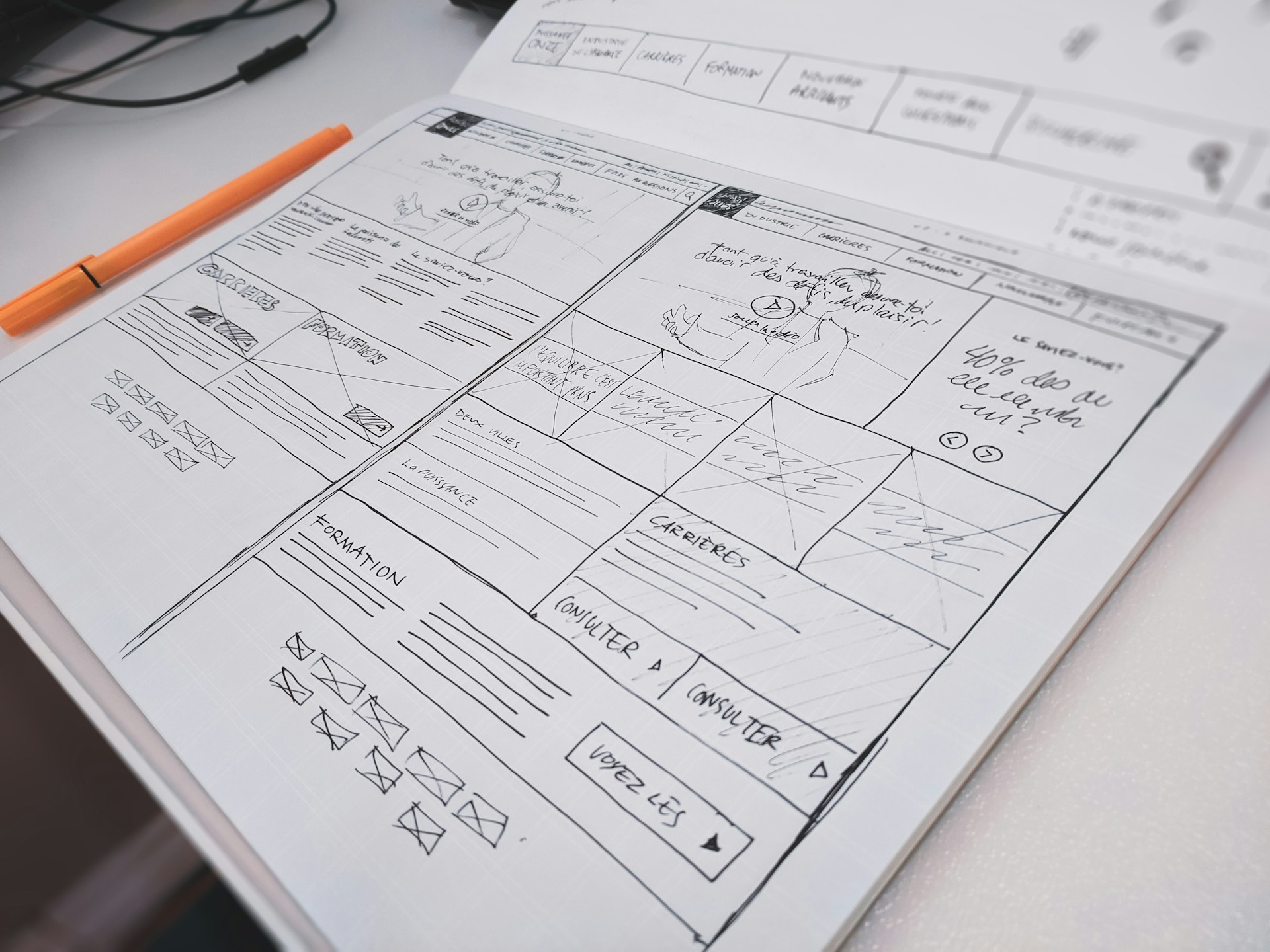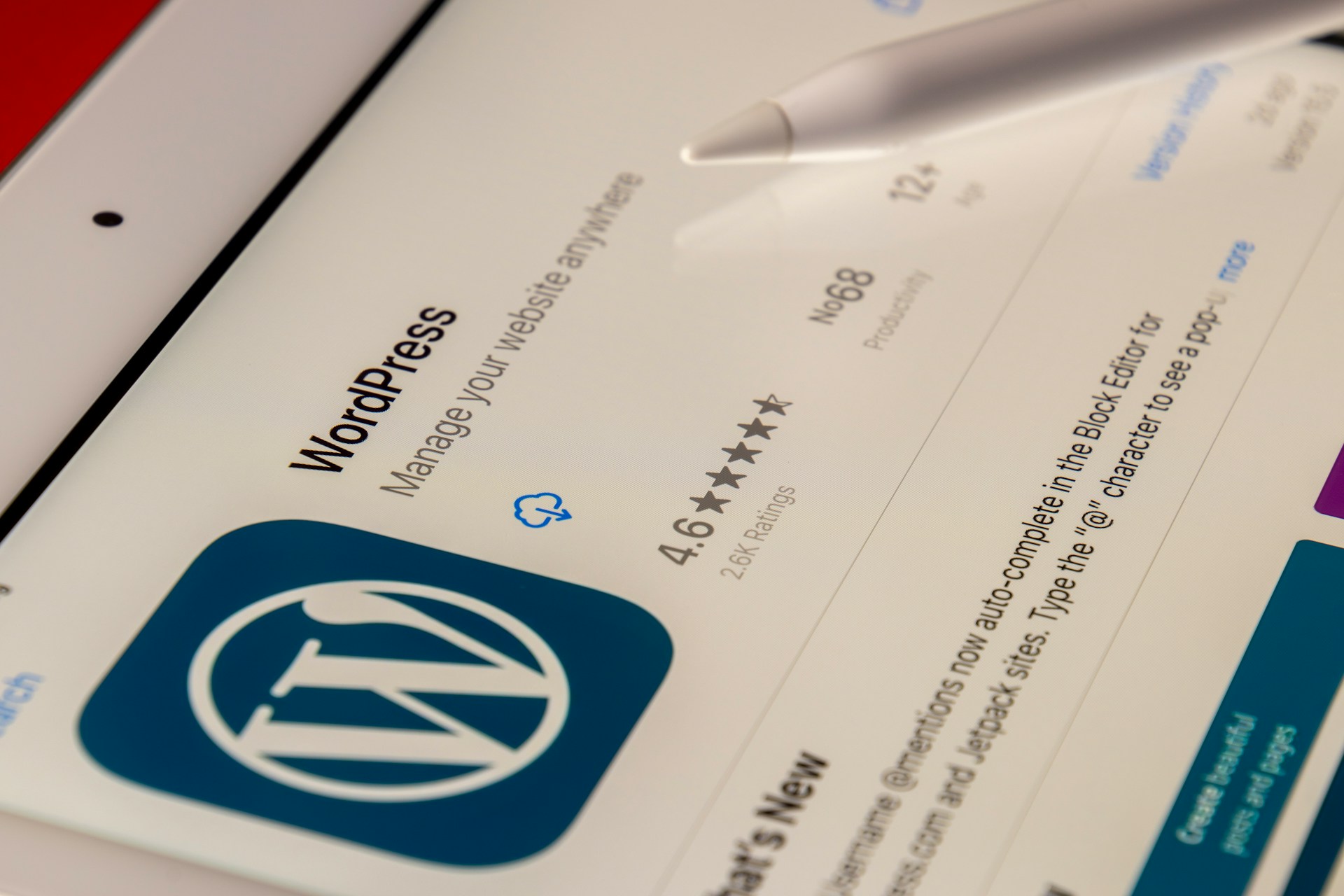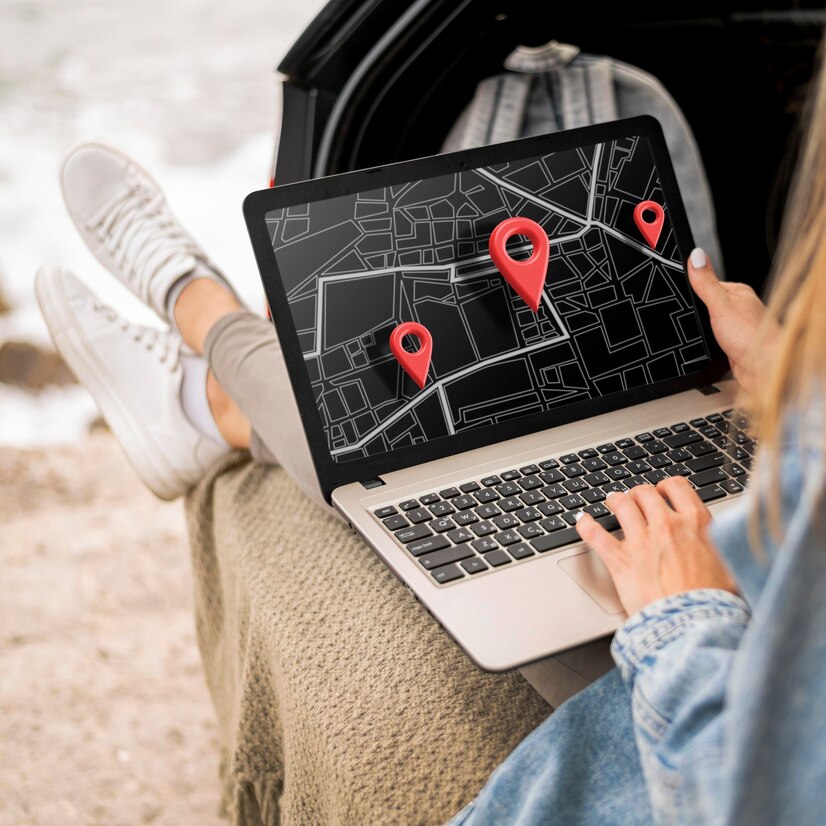How Web Accessibility Impacts SEO: Optimizing for Screen Readers and Beyond – An Overview
The term web accessibility refers to providing websites for all users to access, no matter the capabilities of users. This is essential as not everybody uses the web in the same manner. There are people who have issues hearing or seeing, whereas some may struggle with keyboards. If websites are created to be accessible and are accessible to a wider range of users, it’s not only an act of goodwill; it also improves the visibility of a site through search engines, which makes it much easier for users to locate.
Quick Links
If a site is able to consider the interests of its users this creates a welcoming space where all users can take part. This is crucial as increasing numbers of people depending on online platforms for detailed info, shopping, as well as social interactions. If we ensure that everyone has access to the same information and services, we can create a fairer and more even online world. In addition, this accessibility is often a catalyst for better interaction and more visitors, which benefits the business.
How Search Engines Work
Search engines, such as Google or Bing are tools to assist us to find data on the web. They browse through millions of sites gathering information about everyone. After that, when we type in a look for something, the indexing engines look at their data to identify which sites have the greatest relevance for us to view. They look at a variety of factors including the quality of information, how user-friendly the site is and its accessibility for different types of users.
A site that is accessible typically offers a clearer structure as well as more efficient organization. If a website is simple to navigate after you consult with certified experts from SEO agency India, visitors are able to find the information they require without becoming annoyed. The positive user experience is one that the search engines are aware of. If lots of people visit a website because it’s simple to navigate and easy to navigate, then search engines are likely to give it a higher ranking in results. That’s why access along with SEO (Search Engine Optimization) are with each other.
Screen Readers and Their Importance
Screen readers are specially-designed software that aid visually impaired people through reading out the text shown on screen. They are able to define images, text buttons, text, as well as other components of websites. When websites are created for screen readers this means that visually impaired people can interact in the same way and effortlessly as other users.
For compatibility with screen readers, web developers must use appropriate code techniques and design elements. Examples of this include relevant labels for buttons as well as forms make it simpler users of screen readers comprehend the purpose of their buttons. If a website isn’t working for the screen reader, it can alienate large portions of the populace, which may result in a bad user experience. An accessible website for screen-readers is likely to rank higher on search engines because it is a sign of commitment towards inclusivity.
The Role of Alt Text
Alt text, also known as alternative text is a description of a shorter length that’s attached to pictures on websites. If a person isn’t able to see the photo or image, a screen reader will translate the alt text giving the context and meaning. In the case of an image of a dog and the text in the image could be, “A playful golden retriever fetching a ball.” The description helps visually impaired people to comprehend what’s happening within the picture.
The inclusion of effective alt text can also be beneficial to SEO. Google can’t “see” images in the same way as humans can, therefore they rely on alt texts to comprehend the contents of images. If images are properly described they can boost the chances for a site to appear on search results for images and drive visitors to the website.
Creating Clear Navigation
A clear navigation system is essential for every website. It is the ease with which users are able to navigate to a website. A good navigation system includes clear menus, well-labelled buttons and well-organized content. When websites are easy to navigate, people are able to find the information they require and not be confused or lost.
A user-friendly interface is advantageous not just to visitors however, it is also beneficial for the search engines. When users are able to easily navigate various pages and also stay longer in the website Search engines see this positively. They consider it an indication that the website is a valuable resource and provides an enjoyable user experience that can result in an increase in ranking on the results of a search.
Using Headings Effectively
Headings act as signs that define what every part of a page is all about. They aid everyone, including users of screen readers to understand the layout and structure of the site. The proper structure of headings can create an information hierarchy which makes it simpler to scan through the information.
Making use of the right headings is helpful also for search engines. They aid search engines in understanding the primary topics in a webpage. When the headings are informative and relevant, they aid in indexing content and makes the content more likely discovered when users search for related issues.
The Importance of Color Contrast
Contrast in color is the distinction between two different colors. If there’s a clear contrast between the text and background hues, text becomes simpler to read. In particular, dark text against a white background can be easy to read, whereas the text that is light on a background might be difficult for some to comprehend.
A good color contrast isn’t only helpful to users who have visually impaired eyes; it increases the general reading experience of websites. If users can understand the message and understand the content, they’re more likely to remain for longer on the website. Google’s algorithms are aware of these elements too since engagement of users is a crucial ranking factor.
Making Forms Easy to Use
Formulas are commonly used on sites to serve a variety of purposes for example, joining newsletters, purchasing products and giving feedback. If the form is difficult or is difficult to fill out people may choose to quit and go to another website. To ensure that forms are easy to access, it is necessary having clear labels, sensible design, and helpful warnings about errors.
If forms are straightforward to fill out, visitors will be more likely to connect in the material and then take action. This is advantageous for site administrators as it leads to more conversions. Furthermore, Google tends to prefer websites that offer an easy user experience and this can translate into more favourable results.
The Power of Video Accessibility
Videos can be a fun means of sharing information but they may also create problems for some viewers. If you are hard of hearing or deaf hearing, videos with no captions may be hard to follow. Subtitles and captions can help people to follow along. Texts or descriptions may help users who cannot understand the content through a detailed account of the events.
The ability to make videos accessible isn’t only a great idea; it also improves the accessibility of content. If more viewers can comprehend and appreciate a video it could lead to greater views and shares. In addition, search engines are able to better index videos in the event that transcripts and captions are readily available, increasing the probability that the video will be found.
Mobile Accessibility Matters
If a website isn’t easy to navigate, or even view from a mobile device visitors may leave quickly with a significant rate of bounce.
A mobile-friendly website that is accessible can be adjusted to various screen sizes and also offers a touch-friendly navigation. The site ensures that every user regardless of device is able to interact easily with the site’s content. An accessible and mobile-friendly website does more than keep users happy and satisfied, but it also improves ranking on search engines as Google tends to favor sites which perform optimally when viewed on mobile devices.
Testing for Accessibility
In order to ensure that a site is accessible, you need to check it frequently. Testing can include using different tools that are designed to assess accessibility standards and also collecting feedback from actual people, specifically those with handicaps. Through listening attentively to users’ comments, site owners are able to find areas of improvements and implement the necessary modifications.
Using Descriptive Links
Links are vital for moving through the pages of a site. The descriptive links inform users of what they can expect to see upon clicking them. Instead of using generic words such as “click here,” a alternative is to use words like “read more about caring for puppies.” This is not just provides greater clarity to everyone, but it can also make it easier for screen readers to communicate the purpose of the link.
If links are easy to read and precise and descriptive, they can help improve the overall experience for the user. It also helps search engines comprehend the contents of the website more easily. The search engines utilize hyperlink text as a factor in ranking So optimizing the content of links can improve search engine visibility.
Creating a Positive User Experience
An accessible website will provide a more pleasant user experience. If users find it simple to use, navigate and interact on the site and interact with it, they’re more likely to visit again. Users who are satisfied often discuss their experience with relatives and friends. This could increase traffic to the website.
The search engines are aware of this increase in involvement. If users are staying longer on a site and visit more pages it sends a signal Google that the website has useful information. This could lead to better positions, as the search engines favour sites that have great user-friendly experiences.
Conclusion: A Win-Win Situation
The bottom line is that accessibility of a site is advantageous for all those who is involved. This allows people with disabilities to access the web and makes sure that the site is easily found by the search engines. Through focusing on accessibility, site owners are able to create an space where users are part of the community.
This strategy not only increases the user experience but also increases the visibility of search results. If we work to make our website accessible and inclusive to everyone, we will create a better internet that is accessible to everyone. It makes it win-win for everyone!
Why is Personalisation the Future of Web Development Services?
At present, custom web development is essential to ensure the success of a business concern. A…
0 Comments9 Minutes
Top Reasons to Hire WordPress Developers for Custom Website Solutions
Today, no business can possibly thrive in the digital realm without a strong online presence. An…
0 Comments13 Minutes
Why Link Building Remains a Key Pillar of Successful SEO
Why do some websites always pop up first on Google while others seem impossible to find? The…
0 Comments6 Minutes
Essential Features to Look for in an Enterprise AI Chatbot Platform
A prime of modern businesses and organizations in the rapidly growing digital environment is to…
0 Comments6 Minutes
Why Influencer Marketing is the Secret Weapon Your Brand Needs Right Now
Developing a solid relationship with your audience is more crucial than ever in the modern digital…
0 Comments7 Minutes
Keyword research tools for eCommerce to drive conversions
Why do some online stores seem to effortlessly attract customers while others struggle to get…
0 Comments13 Minutes
Key Trends in Local SEO: What Businesses Need to Focus on in 2025
What if your website gets lost in the digital noise? What if it fails to reach your target…
0 Comments9 Minutes
How a Restaurant Marketing Agency Can Transform Your Business
Food is the most important thing that helps a restaurant build its reputation. Apart from food, a…
0 Comments6 Minutes








